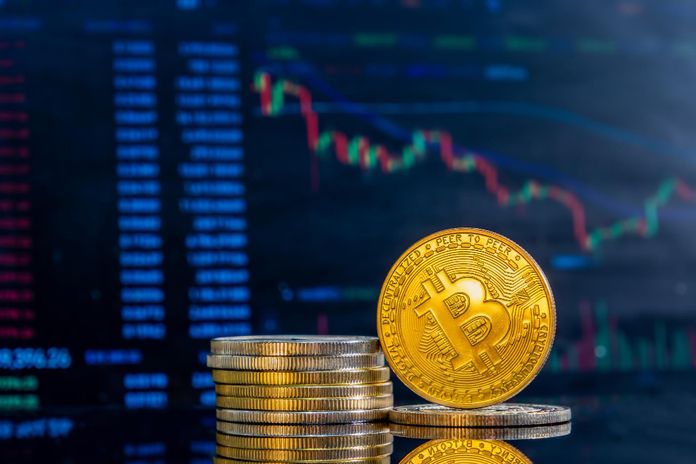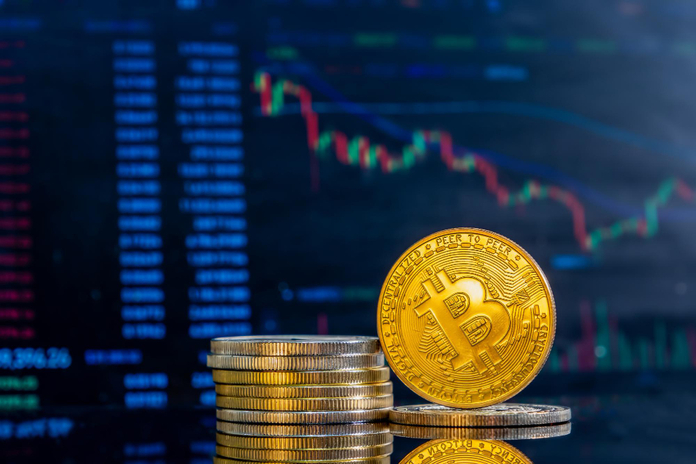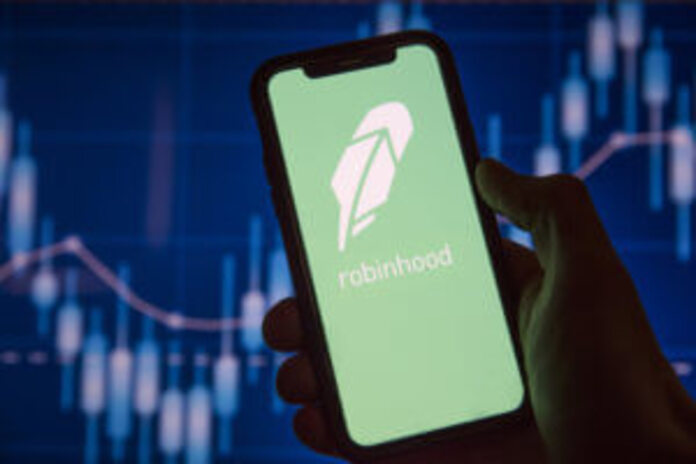GCS Fibers reports, Ash Environmental DAO | Ash Token Funds First Round of High-Impact Environmental Innovators with Over $2 Million in Grants
POTOMAC FALLS, Va., May 16, 2025 /PRNewswire/ — The Ash Environmental DAO, through its Ash Token (https://ashtoken.io/) cryptocurrency ecosystem, is proud to announce the successful funding of its initial group of grant recipients—marking a major milestone in the DAO’s mission to support high-impact environmental innovation, job creation, and economic transformation through decentralized blockchain finance.
In this inaugural round of funding, the DAO has awarded:
- $2 million to GCS Fibers LLC (www.gcsfibers.com/), a U.S.-based start-up manufacturing company that transforms toxic coal ash into high-performance, non-toxic mineral fiber under the PHEENX® brand.
- $20,000 to Eco-Green Solutions LLC (www.ecogreensolutions.io), a start-up company focused on greenhouse emissions capture solutions.
- $20,000 to MetaFiber LLC (www.metafiber.io), a start-up innovator in next-generation green material research and development.
“This marks the first demonstration of how the Ash Token ecosystem can be used as a powerful tool to fund real-world, environmentally beneficial innovation,” said Dan Perez (Communications Director for the Ash Env. DAO | Ash Token). “Through these grants, we are laying the foundation for a future where pollution is transformed into opportunity—delivering project financing, economic development, poverty reduction, and long-term sustainability.”
GCS Fibers: Restarting Operations with DAO-Backed Support
From the recipient side, the $2 million investment enables GCS Fibers LLC to resume operations at its flagship facility and begin commercial-scale production of its revolutionary mineral fiber product made from recycled coal ash. This process diverts toxic waste from the environment while creating high-performance, eco-safe materials for global industrial use.
“We are incredibly grateful for this support from the Ash Environmental DAO and the Ash Token community,” said David Quinn Director of Public Engagement for GCS Fibers. “This funding is not just capital—it’s a vote of confidence in the future we’re building. Thanks to this grant, we’re bringing our facility back online, creating jobs, and proving that sustainability and profitability can go hand-in-hand.”
A New Model for Climate Finance
This funding round exemplifies the DAO’s vision of a circular, inclusive economy where innovative solutions to environmental crises are empowered by decentralized capital. Each grant advances the DAO’s core objectives: reducing global pollution, enabling sustainable industry, creating dignified jobs, and delivering superior products and services through its network of sponsored companies.
With the success of this initial funding round, the Ash Environmental DAO invites new applicants, partners, and Ash Token holders to join in scaling this ecosystem and accelerating the global transition to an equitable, sustainable future.
About GCS Fibers:
GCS Fibers is an eco-friendly manufacturing company that repurposes coal ash into high-quality mineral fiber or pulp products. GCS can convert millions of tons of toxic coal ash (fly ash, bottom ash, boiler slag, wet or dry) each year into 6 base mineral fibers yielding end-products such as paper, brake pads, textiles, building insulation, rubber and plastics, and carbon fiber precursors. All the while creating jobs, cleaning up the harmful effects of coal ash, and helping the environment. Learn more by visiting https://www.gcsfibers.com/
About ASH Token:
The ASH Token is a cryptocurrency ecosystem that provides grant funding for high impact and sustainable business innovations that seek to eliminate pollution from the global environment while driving the increased adoption of more efficient energy solutions. ASH is a governance token that empowers holders to collectively vote and decide how the funds raised through the token’s transactions fees are used to fund environmentally focused start-ups. Learn more by visiting https://ashtoken.io/
Media Contact:
VARCom Solutions
Email: pr@varcom.com
571-276-3109
![]() View original content to download multimedia:https://www.prnewswire.com/news-releases/gcs-fibers-reports-ash-environmental-dao–ash-token-funds-first-round-of-high-impact-environmental-innovators-with-over-2-million-in-grants-302457965.html
View original content to download multimedia:https://www.prnewswire.com/news-releases/gcs-fibers-reports-ash-environmental-dao–ash-token-funds-first-round-of-high-impact-environmental-innovators-with-over-2-million-in-grants-302457965.html
SOURCE GCS Fibers

Featured Image: depositphotos @ garloon









